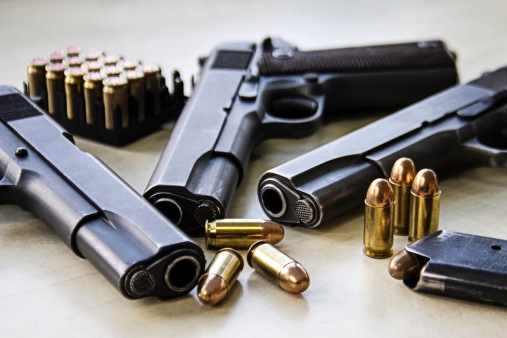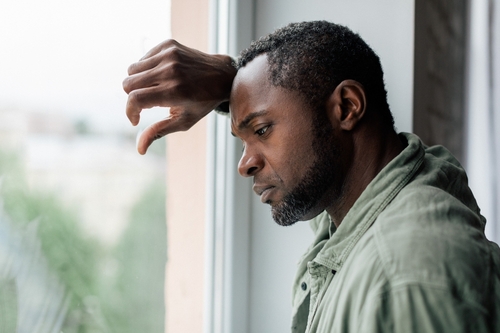
The lasting effects of gunshot wounds (GSWs) reach far beyond mortality and economic burden, and survivors incur higher instances of post-traumatic stress disorder (PTSD), unemployment, and substance abuse, according to the findings of a new study published by JAMA Surgery.
“The outcomes of firearm injuries in the United States are devastating,” the researchers wrote in their abstract. “Although firearm mortality and costs have been investigated, the long-term outcomes after surviving a gunshot wound (GSW) remain unstudied.”
In a prospective cohort study, researchers assessed the reported outcomes of 183 patients who survived a gunshot wounds (GSWs) from January 2008, through December 2017, at a single urban level I trauma center. Participants had an average time from GSW of 5.9 years and were mainly young (median age, 27 year, black [91.8%], male 92.3%], and employed before GSW. The researchers made attempts were to contact all adult patients discharged patients who were aged 18 years and older during the study period. The primary outcomes of this study were defined as scores on 8 Patient-Reported Outcomes Measurement Information System (PROMIS) instruments (Global Physical Health, Global Mental Health, Physical Function, Emotional Support, Ability to Participate in Social Roles and Activities, Pain Intensity, Alcohol Use, and Severity of Substance Use) and the Primary Care PTSD (posttraumatic stress disorder) Screen for the Diagnostic and Statistical Manual of Mental Disorders, Fifth Edition. The researchers performed data analysis between Data were analyzed from June 1, 2018, through June 20, 2019.
According to the results of the study, among GSW victims, combined alcohol and drug use increased by 13.2% (pre-GSW use, 56 [30.8%]; post-GSW use, 80 [44.0%]). Participants exhibited mean scores below population norms (50 [10]) for Global Physical Health (45 [11]; P < .001), Global Mental Health (48 [11]; P = .03), and Physical Function (45 [12]; P < .001) PROMIS metrics. The results showed that 48.6% of participants had a positive screen for probable PTSD.
Moreover, patients who required intensive care unit admission had worse mean physical function scores (42 [13] vs 46 [11]; P = .045) juxtaposed those not requiring the intensive care unit. Survivors no more than 5 years after injury had greater PTSD risk (38 of 63 [60.3%] vs 51 of 119 [42.9%]; P = .03) but better mean (SD) Global Physical Health scores (47 [11] vs 43 [11]; P = .04) than those more than 5 years after injury.
Let’s start talking about what happens to the “lucky” 70,000+ survivors of gunshot wounds each year in America.
Young lives and families, forever changed https://t.co/wGdNs5tGPS
— Mark Seamon (@MarkSeamonMD) November 20, 2019
The researchers wrote in their conclusion that: “Survivors of GSWs may have negative outcomes for years after injury. These findings suggest that early identification and initiation of long-term longitudinal care is paramount.”
https://twitter.com/MarkHoofnagle/status/1197207382633398273?s=20
Great work @pennsurgery @UPennTrauma @UPennTrauma @MarkSeamonMD – the impacts of firearms on society extend well beyond morbidity and mortality – psychosocial destruction, unemployment, lost productivity is a universal stress https://t.co/FXyNcag6BA pic.twitter.com/HxttNrwuCR
— Penn Anesthesia (@PennAnesthesia) November 20, 2019







 © 2025 Mashup Media, LLC, a Formedics Property. All Rights Reserved.
© 2025 Mashup Media, LLC, a Formedics Property. All Rights Reserved.